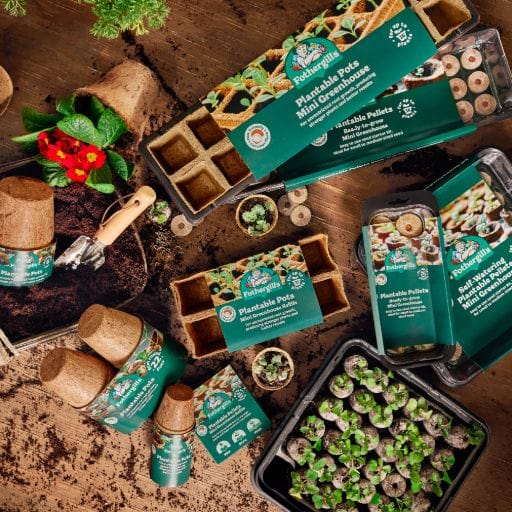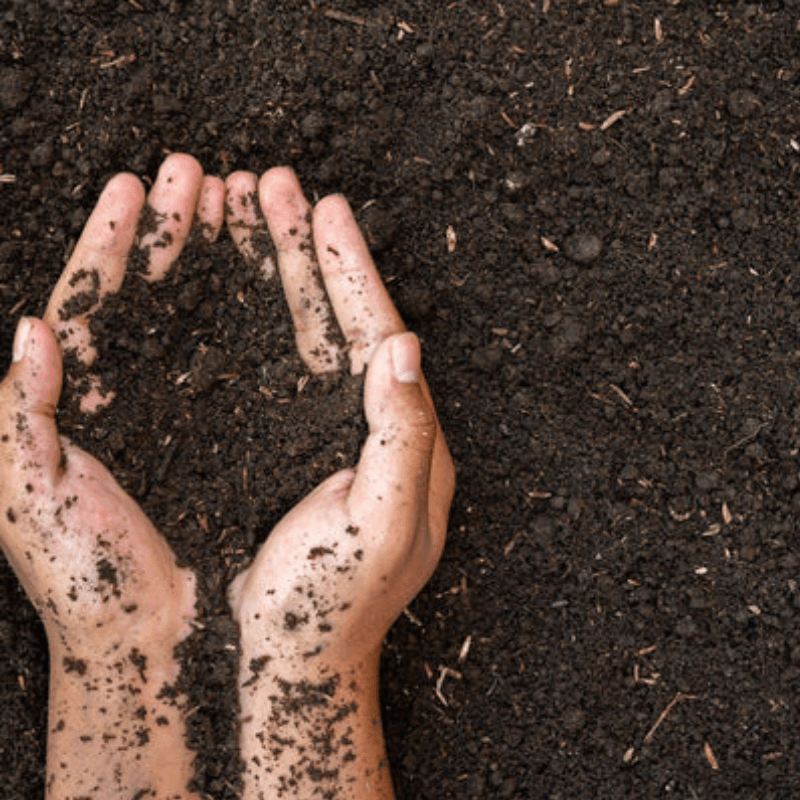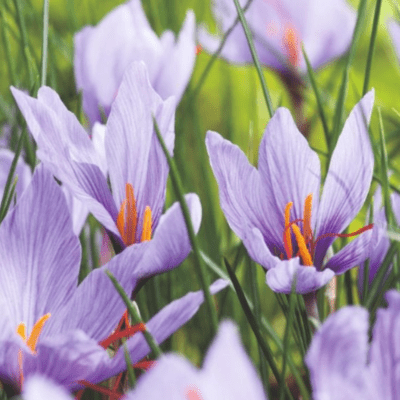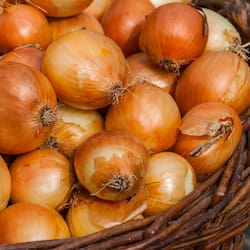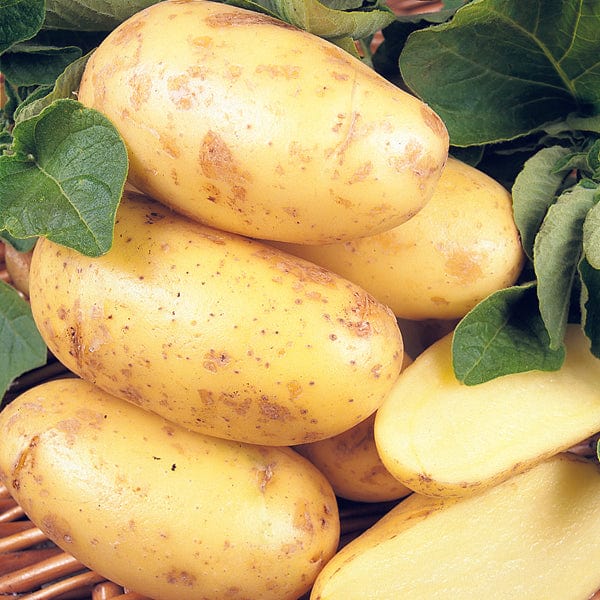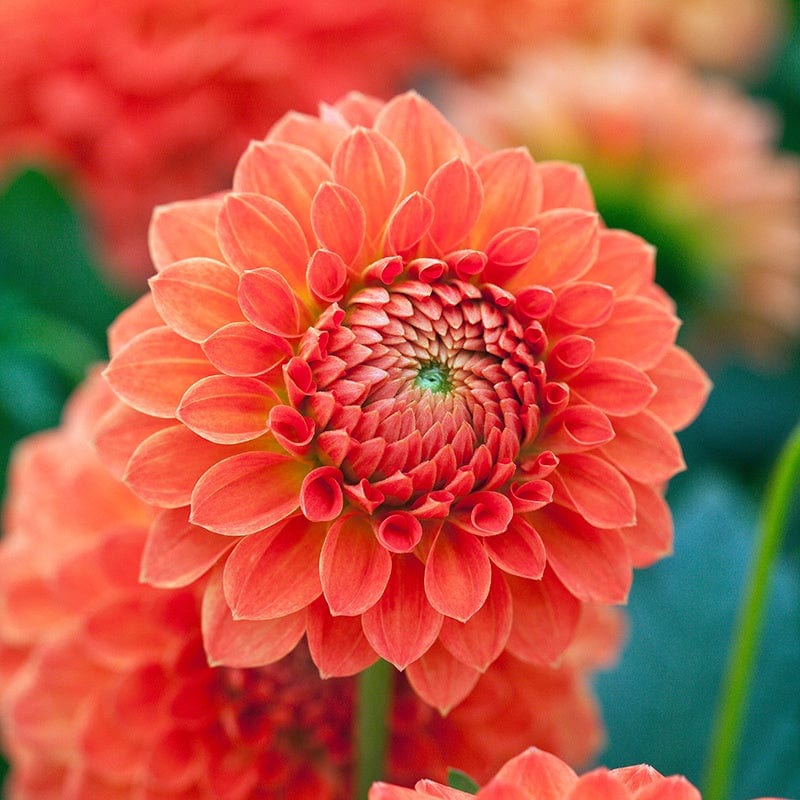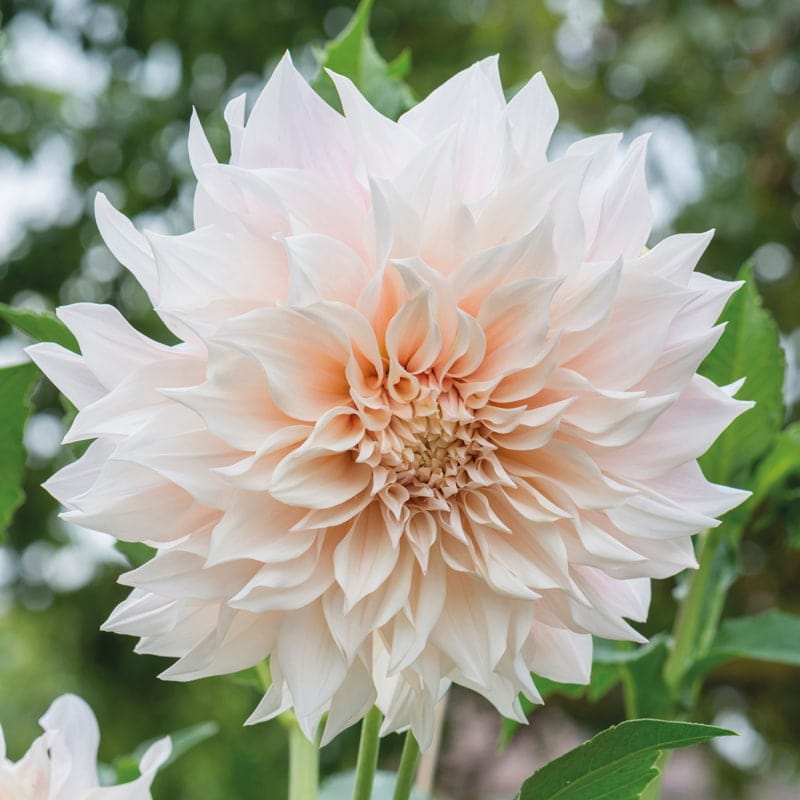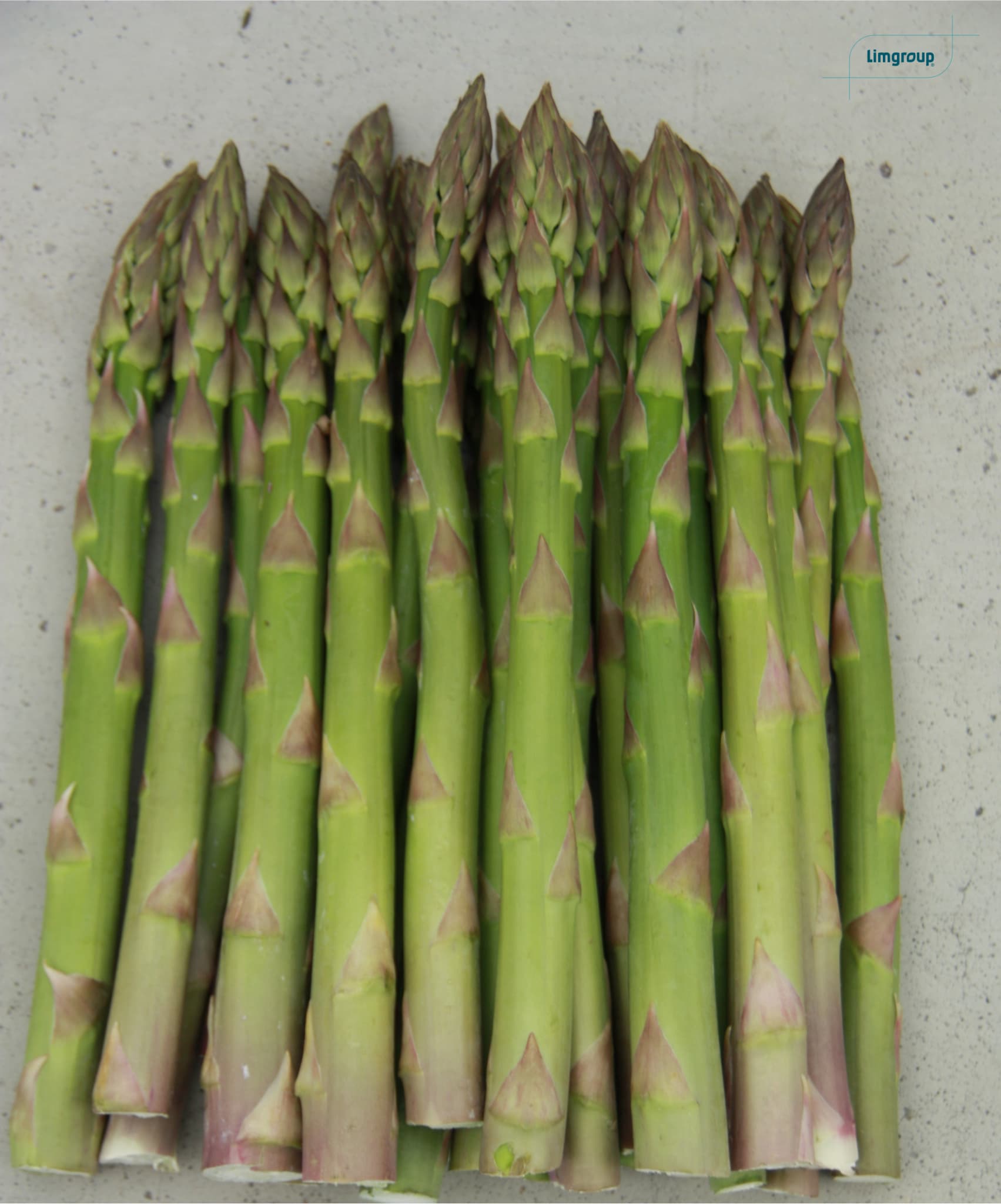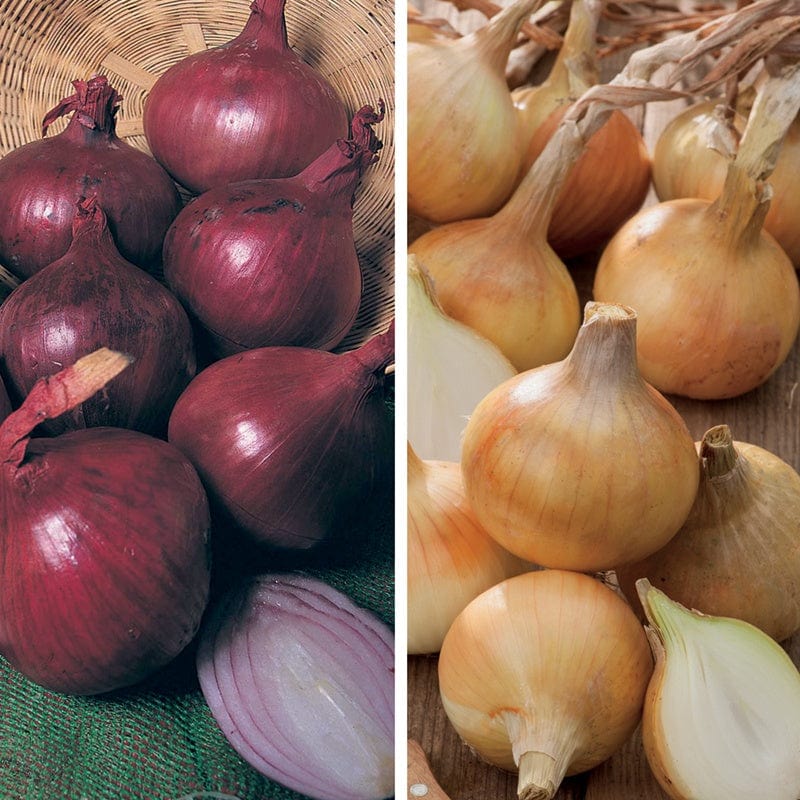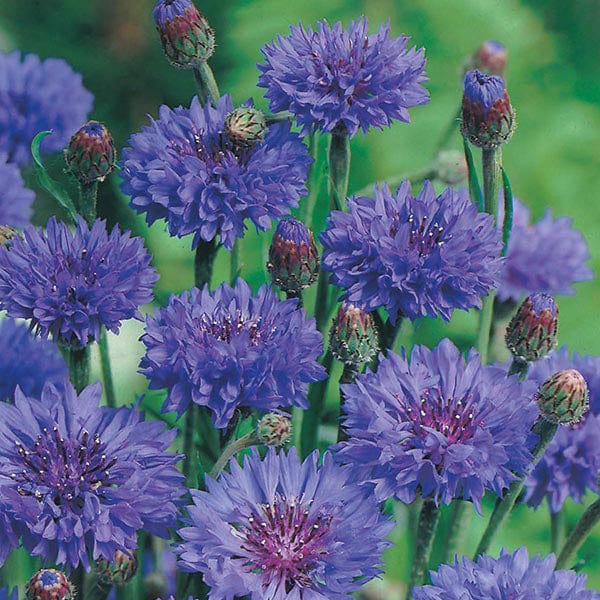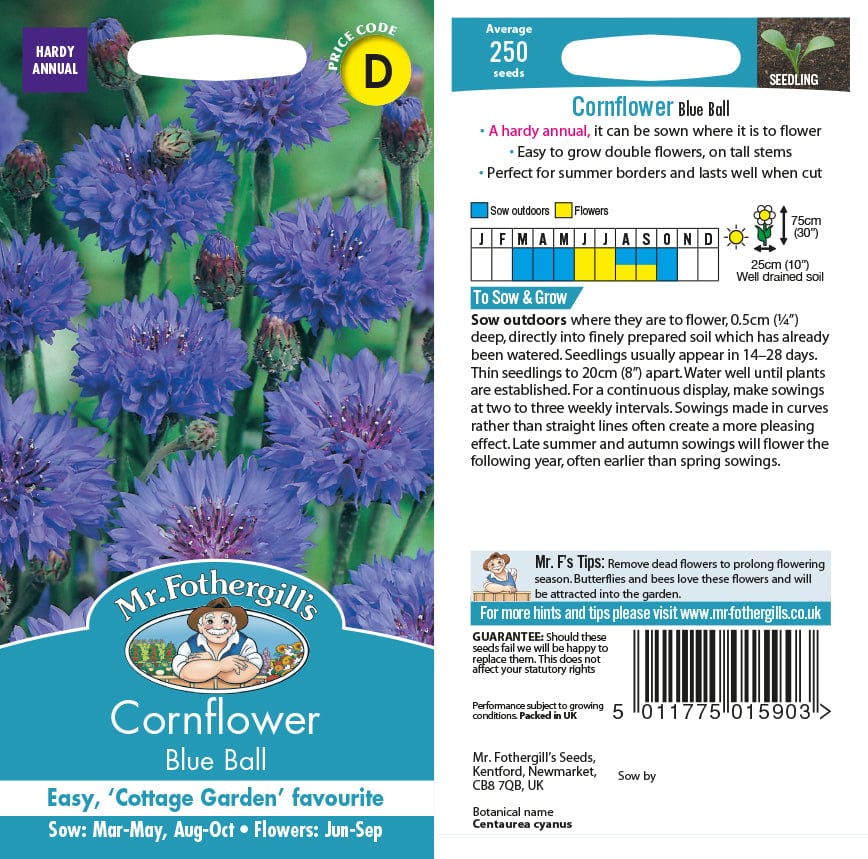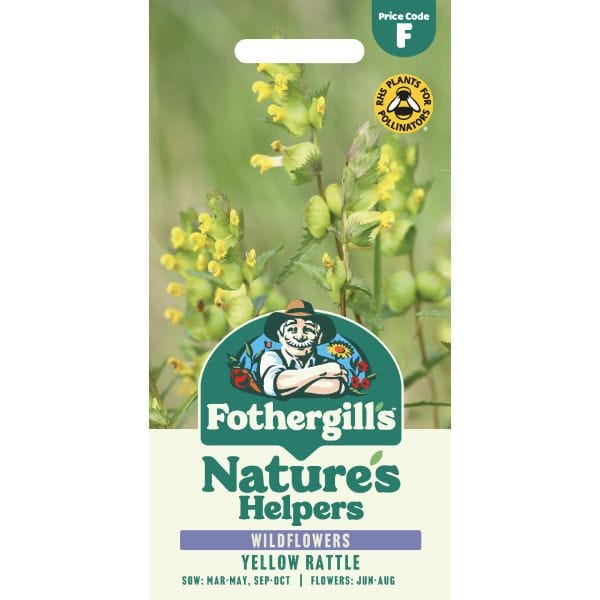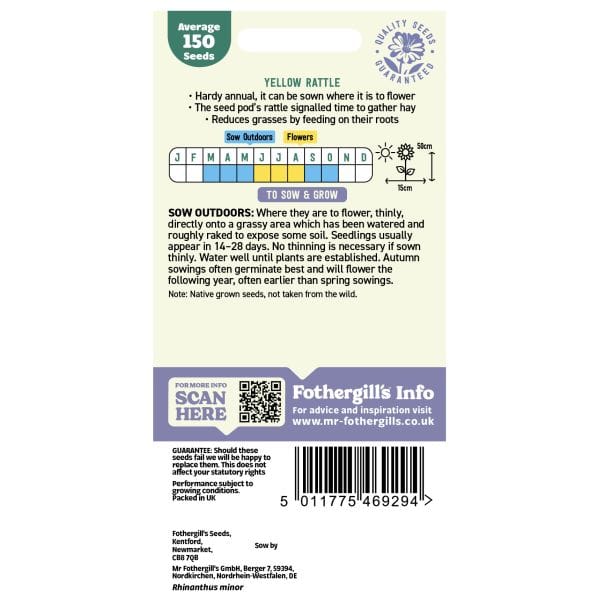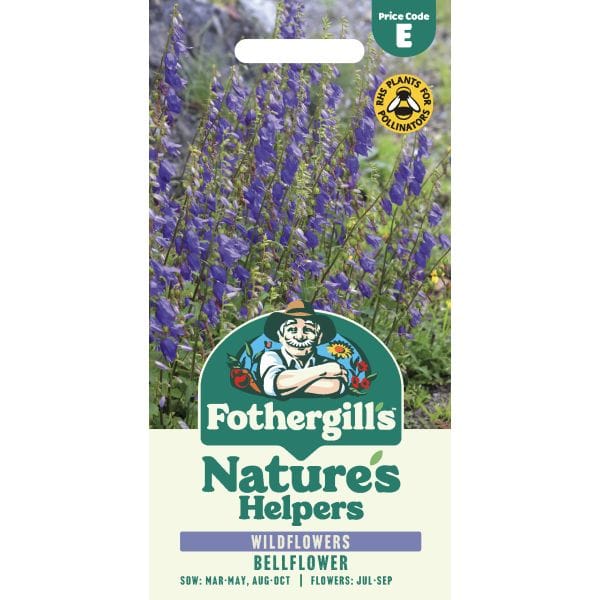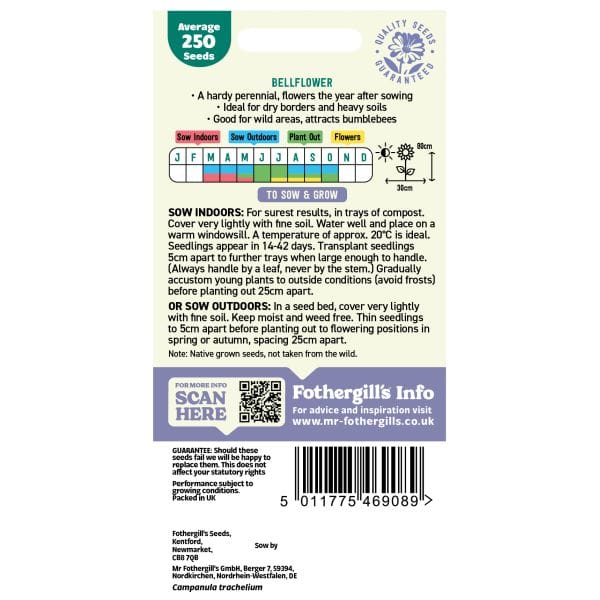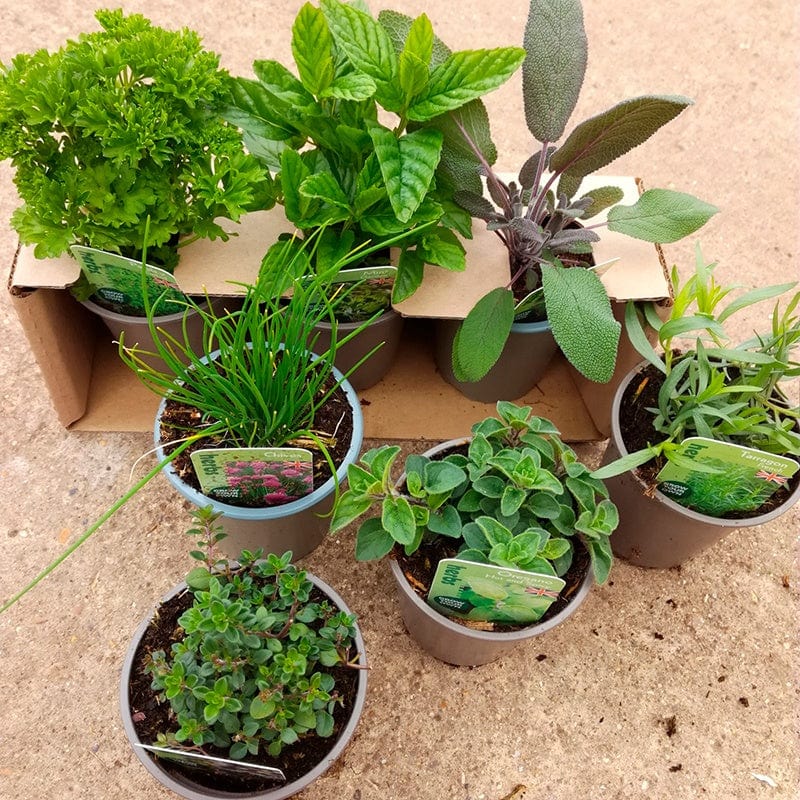There’s nothing quite like a wildflower garden. Bursting with colour, buzzing with pollinators, and changing with the seasons, your back garden can be a real slice of British countryside – and the best part is, growing a wild-style garden isn’t even that hard.
If you’re wondering how to create a wildflower meadow in your garden, which wildflowers to pick, when to sow them, or how to care for your patch, we’ve got all the advice you need. Get ready to create the garden of your dreams with our guide.
Preparing the Soil for a Wildflower Meadow
True wildflowers grow well in low-nutrient soil – after all, they have to make do with whatever they find in nature. As such, there’s no need to enrich the ground with compost or fertiliser before sowing them. In fact, too much fertiliser encourages grasses and leafy weeds to take over, crowding out the wildflowers. Even if it doesn’t, your wildflowers only use the food to grow more leaves rather than bigger blooms.
To prepare your meadow area, start by thinning out any thick or overgrown grass. Mowing short and raking away the clippings can help weaken the grass, making room for wildflower seeds. And for compacted ground, lightly rake or fork the surface to loosen it; this helps the seeds make better contact with the soil. Then water the area well before sowing the seed.
With the ground prepped and ready, you can pick out your wildflowers…
What Are the Best UK Wildflowers?
The UK is home to an incredible variety of wildflowers, each of which has its own charm. If you want a meadow full of colour, cornflowers, poppies, and yellow rattle are brilliant choices. For something more delicate, bellflowers and forget-me-nots have the soft touch you’re looking for. And if you’re looking to attract pollinators, foxglove seeds will have bees and butterflies flocking to your garden. But these are just a few of the dozens you can choose from.
How to Choose Flowers for a Wildflower Meadow
Choosing flowers for your wildflower meadow is all about creating a balanced mix of colour, texture, and seasonal interest. A good meadow will have flowers blooming from spring to autumn, so select a mix of early, mid, and late-season wildflowers to keep the display going; for example, cowslips and primroses bloom in spring, with poppies and cornflowers only blooming later in the year.
Think about colour, too. Soft pastels create a gentle, cottage-garden feel, while bright reds, yellows, and blues bring bold contrast. You can also pick varieties that complement each other - like cornflowers and poppies for a striking blue and red combination.
If you’re not sure what’s best for your space, why not consider a wildflower seed mix? Our mix includes dozens of 100% native British-produced wildflower seeds, including oxeye daisies, campions, buttercups, evening primroses, and lots more. The benefit of a wildflower seed mix is that the specially-selected mix will contain flowers that can be sown at the same time, and in the same conditions – no extra effort necessary.
Whether you prefer a mix of bright annuals or classic perennials that return year after year, there’s a UK wildflower for you, so we recommend looking through our complete collection of wildflower seeds for some inspiration.
When to Sow Wildflower Seeds in the UK
Wildflower seeds can be sown in early spring or autumn, depending on the flowers you want to grow. Autumn sowing may be beneficial for some hardy perennials and biennials, which can benefit from a period of growth before winter sets in. Spring sowing works better for annuals like cornflowers and poppies, which germinate quickly as the soil warms up.
For the best results, check your seed packet. Some flowers prefer being sown earlier or later.
How to Care for a Wildflower Garden
Wildflower gardens are wonderfully low-maintenance, which is a big part of their charm, but a little care will keep them looking their best. In the first few weeks after sowing, water lightly if the weather is dry to help seeds establish. Once they’re growing, wildflowers don’t need feeding; adding fertiliser encourages weeds and grasses to take over.
As it gets later in the season, cut back any faded flowers you see. This helps scatter seeds for next year’s growth while preventing the area from becoming too overgrown. Or, if you’d rather let nature do the work, simply leave seed heads for birds and the chance for flowers to reseed naturally.
Grow a Wildflower Garden with Fothergill’s
So, now that you know how to create a wildflower meadow, the garden of your dreams is just a few seeds away! Whether you’re after a meadow full of colour or a simple patch of pollinator-friendly flowers, we’ve got just what you need in our collection.
Shop our wildflower seed range today and start growing. And if you’re looking for tips or inspiration, our gardening blog is always here to help.












